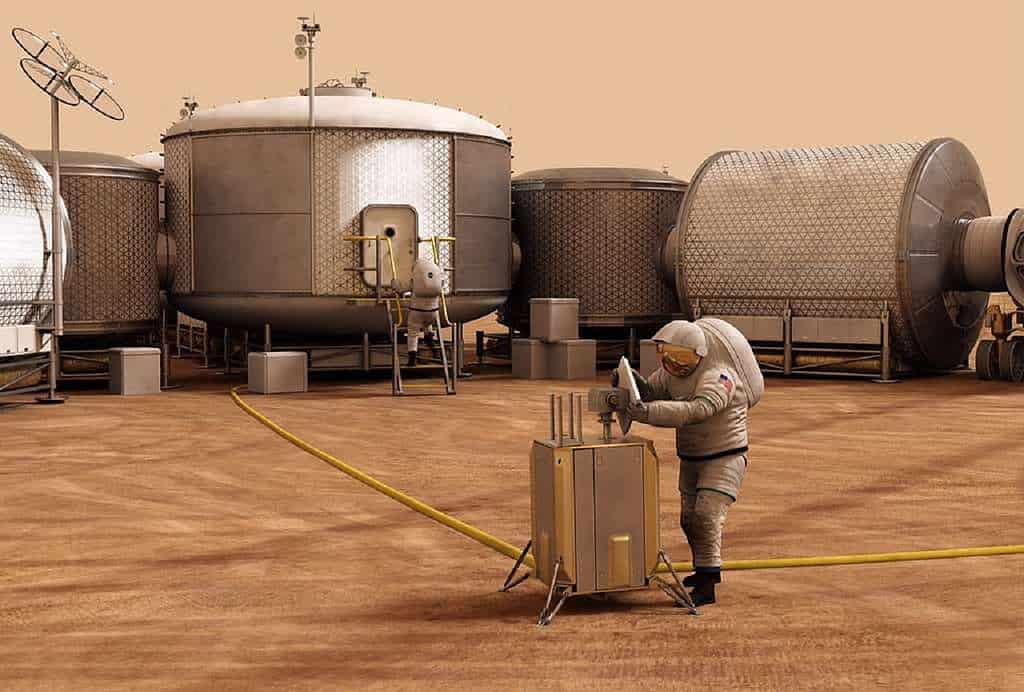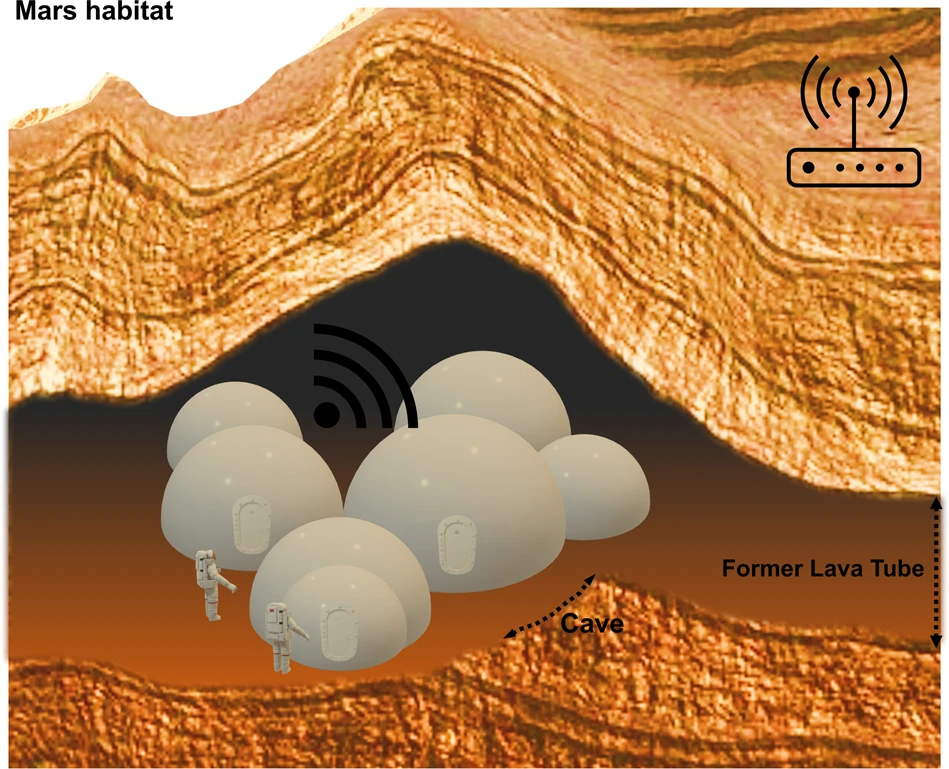
North Yorkshire, a region known for its picturesque landscapes and charming countryside, hides a secret beneath its surface—a unique research facility nestled 0.68 miles (1.1 kilometers) underground. The University of Birmingham (UB)’s Bio-SPHERE project (Biomedical Sub-surface Pod for Habitability and Extreme-environments Research in Expeditions) will attempt to revolutionize human habitation on celestial bodies such as the Moon and Mars in this underground realm.
The project, recently published in Nature Microgravity, aims to unravel the challenges and intricacies of scientific and medical operations in unforgiving extraterrestrial environments.
Partnering with the Boulby Underground Laboratory, a 4,000m3 deep underground facility focused on particle physics, Earth sciences and astrobiology research, UB’s researchers are delving into uncharted territory.
The Bio-SPHERE project finds its home within a network of tunnels adjacent to Boulby, burrowing through 250-million-year-old rock salt deposits. These geological formations and the deep subsurface location offer an ideal setting to recreate the operational conditions that future lunar or Martian explorers would encounter. From isolation and limited resources to the complexities of moving heavy equipment, these tunnels provide insights into the trials that await future celestial explorers.
But the allure of the Bio-SPHERE project doesn’t end there. Beyond its geological mimicry, the facility also presents a unique opportunity to study the protective potential of underground habitats against the perils of deep-space radiation. Shielded by the extraordinary depth, researchers can delve into the effectiveness of these subterranean havens in safeguarding space crews from radiation—a prevalent risk in interplanetary voyages. Furthermore, the facility enables investigations into mitigating other dangers, such as the destructive impact of meteorites, which constantly threaten vital life-support infrastructure.
Alexandra Iordachescu, the lead researcher at the University of Birmingham’s School of Chemical Engineering, expressed her excitement about collaborating with Boulby.
“This new capability will help to gather information that can advise on the life support systems, devices, and biomaterials which could be used in medical emergencies and tissue repair following damage in deep-space missions,” she said.
“These types of metrics can guide system design and help to assess the scientific needs and acceptable timeframes in bioengineering operations under the constraints of isolated environments, such as space habitats. The data is likely to bring numerous benefits for Earth-based applications as well, such as delivering biomedical interventions in remote areas or in hazardous environments and more generally, understanding biomedical workflows in these non-ideal environments.”
The first module unveiled by Bio-SPHERE serves as a testing ground for biomedical procedures vital to treating tissue damage. This 10-foot (three-meter)-wide simulation module facilitates the study of biomedical procedures needed to prepare materials for treating tissue damage. These include complex fluids, polymers, and hydrogels for regenerative medicine that could be used, for example, in wound dressings, or fillers for damage mitigation.
“The Bio-SPHERE project promises to help answer some key logistical questions in establishing sustainable living conditions in remote, subterranean environments and in doing so will significantly contribute to the essential preparations for our collective long, difficult and exciting journey ahead,” said Professor Sean Paling, Boulby director and senior scientist.










